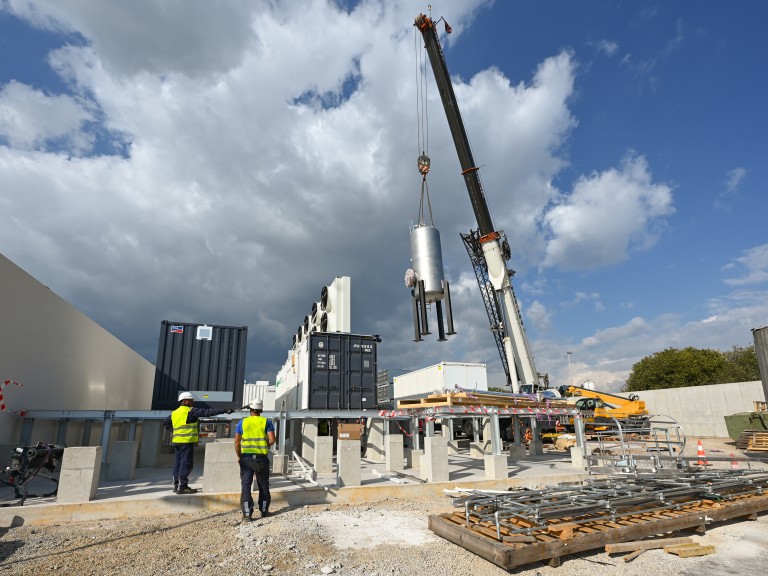Last week, the Cannes Lérins Hydrogen project received its final equipment for its future low-carbon, renewable hydrogen station, which will produce hydrogen through the electrolysis of treated wastewater from the Aquaviva wastewater treatment plant.
Supported by the Cannes Pays de Lérins Urban Community, Hynamics, Green Energy and the Banque des Territoires, the future station that will supply the first 14 buses in the Cannes urban community's Palm Bus network is taking shape with the arrival of:
- Its compressors increase the pressure of the hydrogen produced by the electrolysis system. This step optimises hydrogen storage prior to distribution.
- As well as its storage modules for storing hydrogen prior to refuelling for future use.
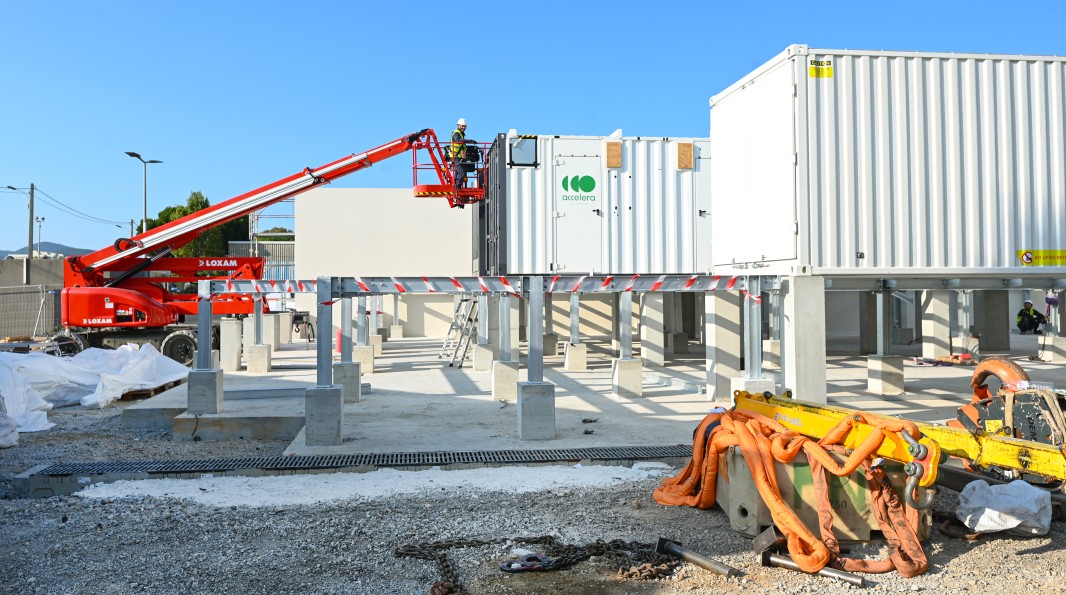
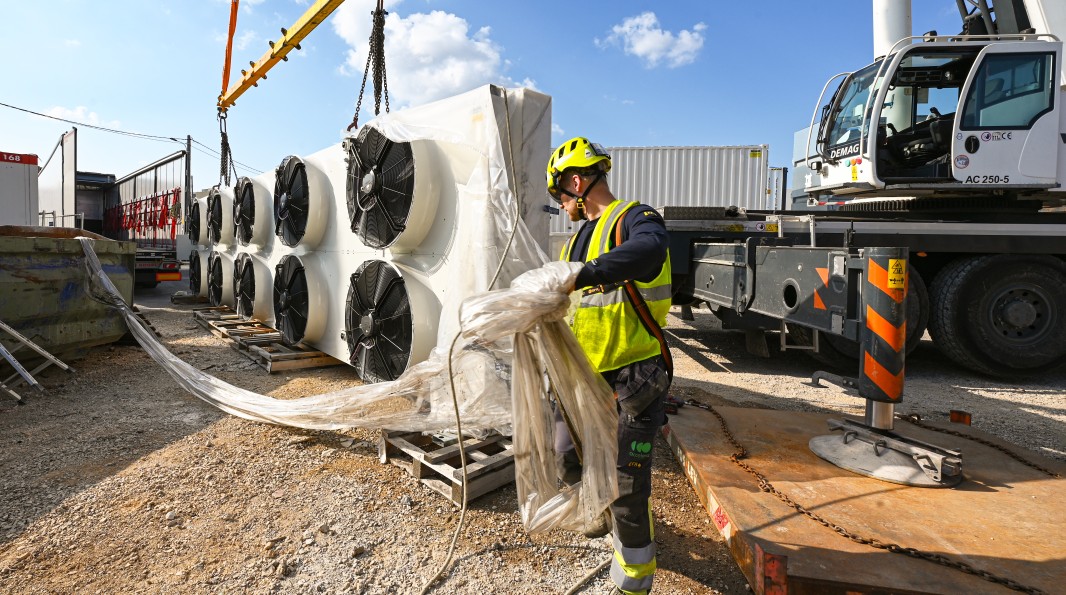
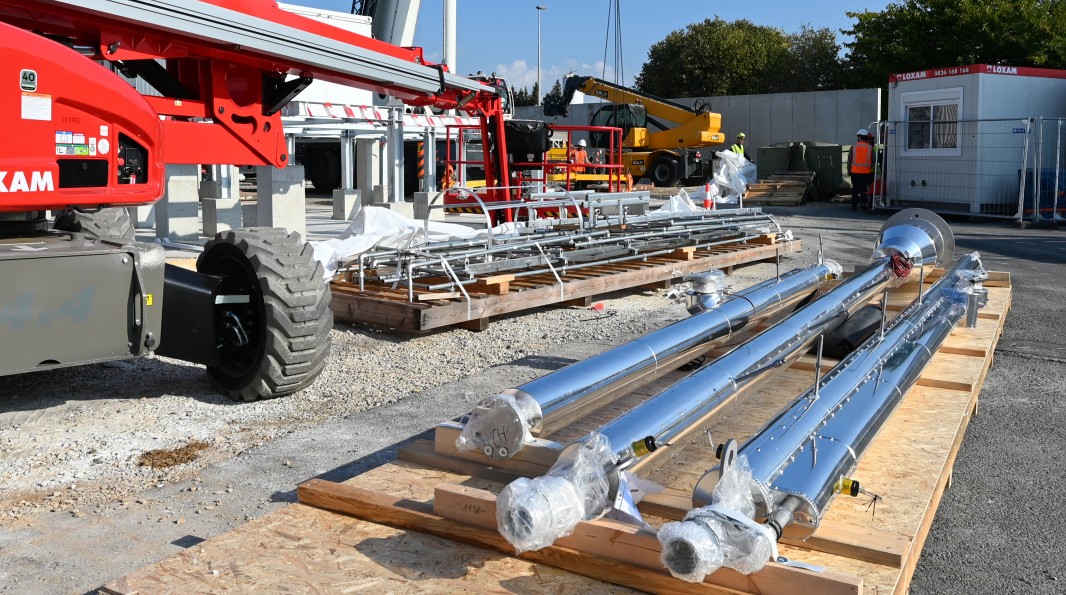
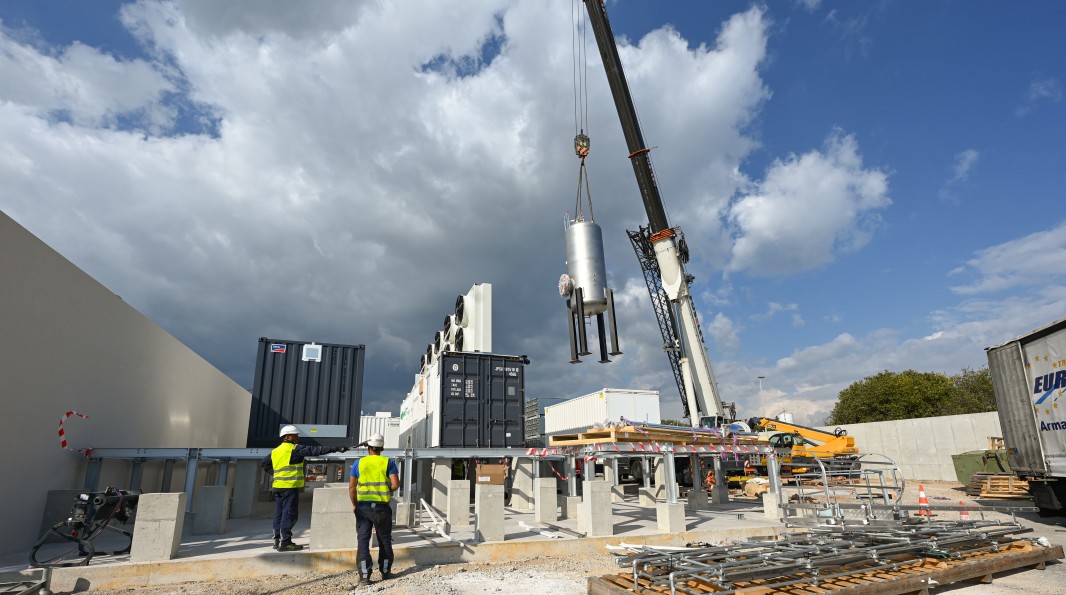
Finacially supported by ADEME, the European Union and the PACA region, this future station will play a key role in the energy and mobility action plan developed by CACPL for the complete decarbonisation of travel in the Cannes area via the Palm Bus transport network. Ultimately, 41 buses will be powered by low-carbon, renewable hydrogen, with the first 14 vehicles set to hit the roads in 2026.
The latest work on the Cannes Lérins Hydrogen project is continuing with the installation of the wet and dry networks (drinking water, wastewater, gas and electricity) needed for the infrastructure for the site's future commissioning in 2026.
